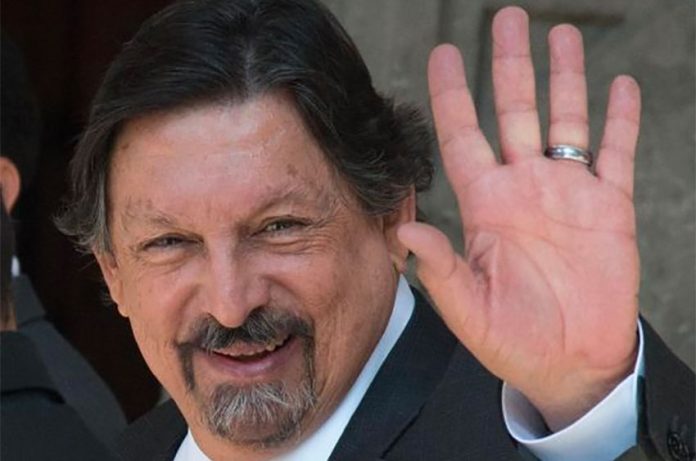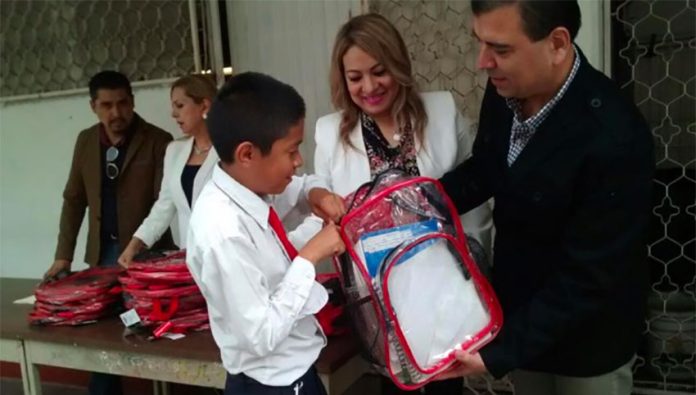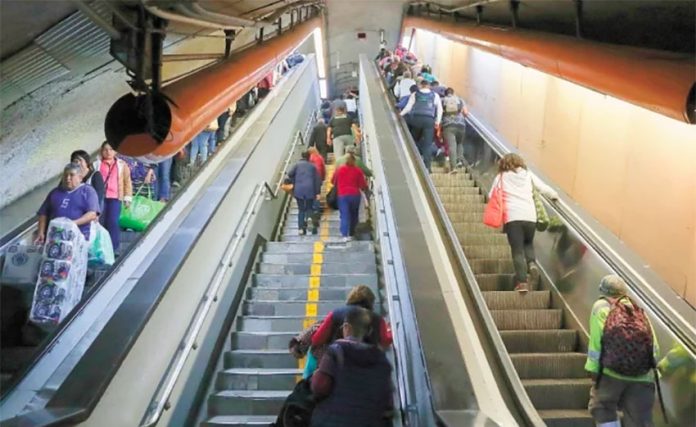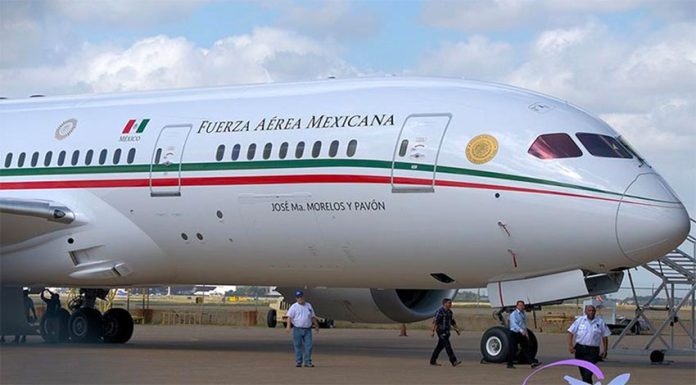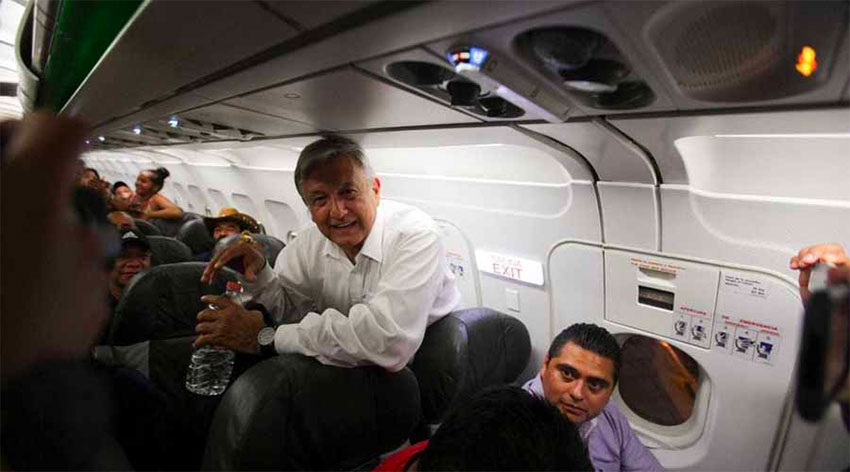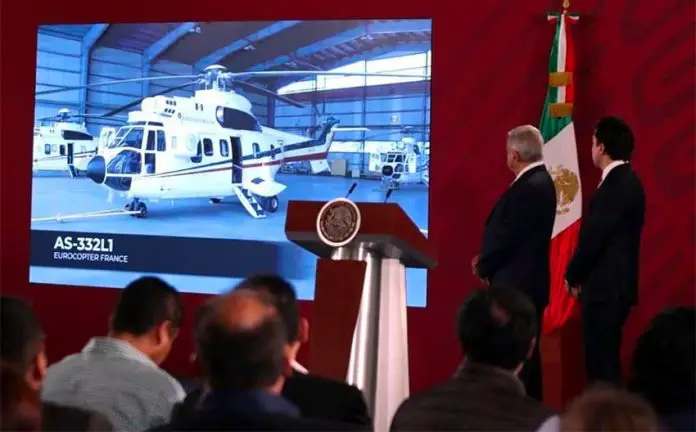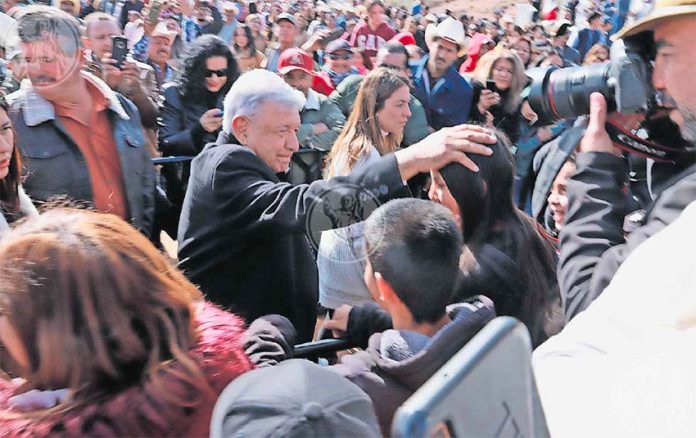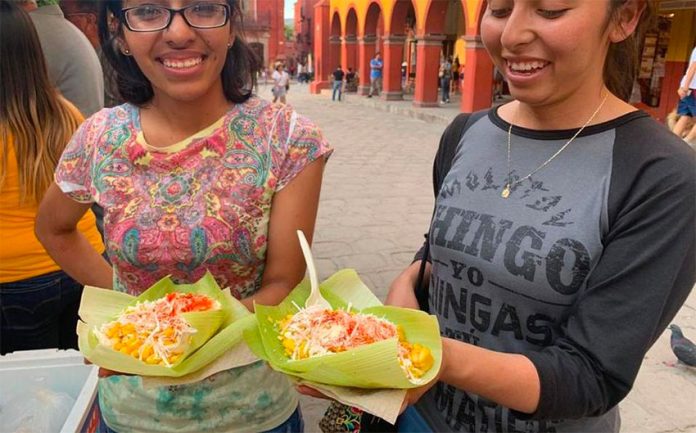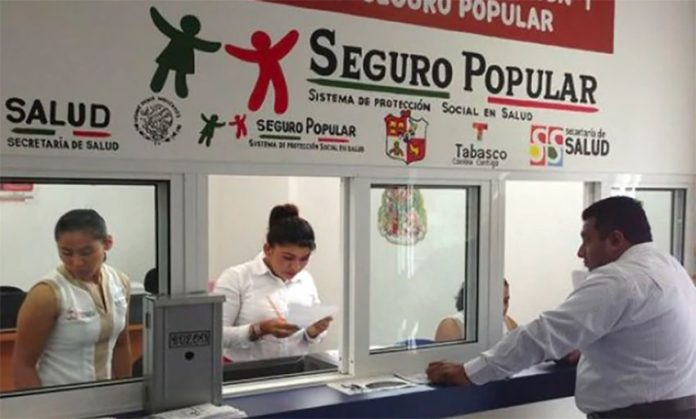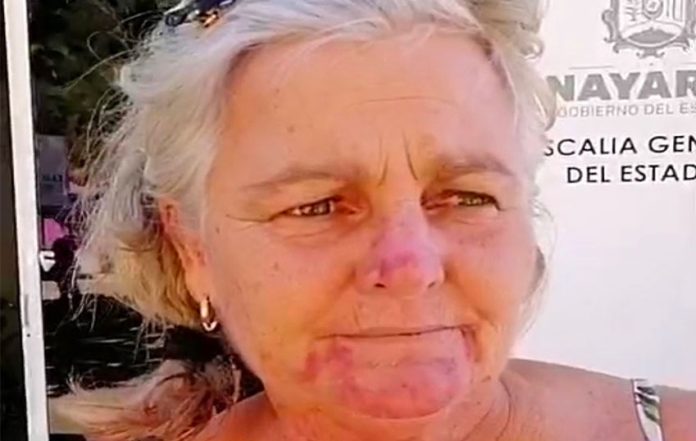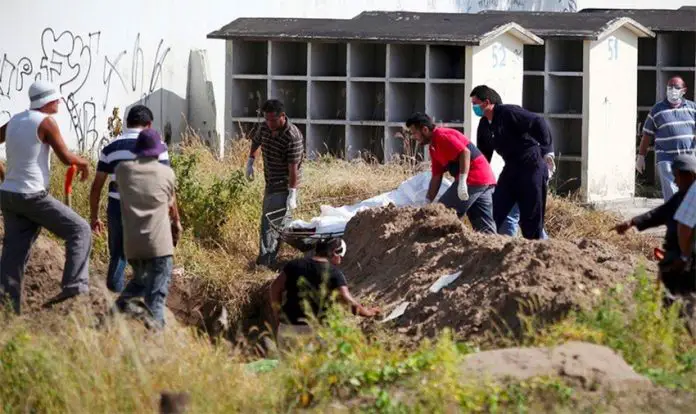Like father, like son: mining union boss and ruling party Senator Napoleón Gómez Urrutia has amassed a fortune during a controversial career that included 12 years in self-exile in Canada after he was accused of embezzling US $55 million.
Now, son Napoleón Gómez Casso and his accumulation of wealth are in the spotlight after a report by W Radio journalist Carlos Loret de Mola revealed that he is the founder of two companies that appear to be in a prime position to take advantage of decisions made by his father in the Senate.
The report, entitled Emperor Napoleón and prepared by journalists Arelí Quintero y Miguel Castillo Chávez in collaboration with W Radio, details some of the dealings of both men and calls into question the legitimacy of the wealth they have acquired.
Despite having never worked as a miner, Napoleón Gómez Urrutia inherited the leadership of the National Union of Mine and Metal Workers in 2001 after the death of his father Napoleón Gómez Sada, commonly known as Napo, who was at the helm of the union for 40 years.
Five years later – amid the 2006 Pasta de Conchos mine disaster in Coahuila in which 65 miners lost their lives – the government of then-president Vicente Fox launched an investigation into Gómez Urrutia, known as Napito, after 20,000 workers accused him of embezzling US $55 million from the union.
The Fox administration withdrew its recognition of Gómez Urrutia as union leader and Napito subsequently packed his bags and departed for Canada. However, the move didn’t put an end to his union leadership: while living in Vancouver, Gómez Urrutia continued to direct the union and was re-elected as president and secretary general twice.
Loret de Mola reported that despite being a union leader all his life, Napito and his and family have acquired multimillion-dollar assets both in Mexico and abroad. Gómez Urrutia continues to live a life “full of luxuries,” the report said.
Just months after he inherited the leadership of the mining union, Napito purchased a home in the upmarket Mexico City neighborhood of Lomas de Chapultepec for US $1.3 million, Loret de Mola said.
In 2015, Gómez Urrutia sold another Mexico City home located in the Florida neighborhood to a company owned by him and his son, Alejandro Gómez Casso.
The house was estimated to be worth 30 million pesos (US $1.6 million at today’s exchange rate) but was sold to the company Napale for just 2.8 million pesos, Loret de Mola said, a figure less than one-tenth its real value.
Gómez Urrutia also owns a colonial-style home in the town of Tepoztlán, Morelos, valued at about 60 million pesos and his wife, Oralia Casso Valdéz, purchased an apartment in Vancouver for almost CAD $2 million, or about US $1.5 million.
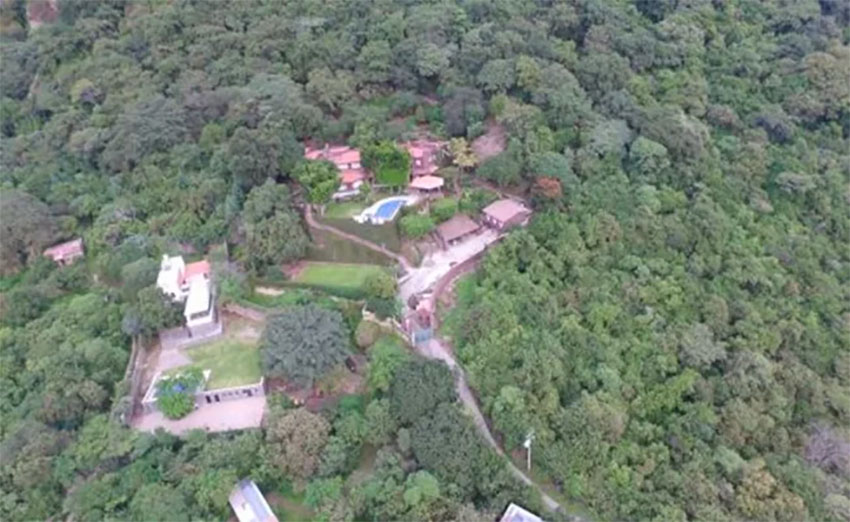
Loret de Mola said he has public records that show that the total value of the real estate owned by Napito and his wife is approximately 150 million pesos (US $8 million).
He also said he had obtained proof that Casso Valdéz is a frequent shopper at high-end department stores including Harrods in England, Saks Fifth Avenue in the United States and Holt Renfrew in Canada.
After Gómez Urrutia had been at the helm of the mining union for 17 years, and while he was still in Canada, an interesting political opportunity came his way. The septuagenarian was chosen by the now-ruling Morena party to stand as a plurinominal, or proportional representation, Senate candidate in the 2018 election.
With Mexicans supporting Morena and its presidential candidate Andrés Manuel López Obrador in their tens of millions, Gómez Urrutia had no problem securing a seat in the upper house. He returned to Mexico in late August 2018 to take up his position without fear of arrest on embezzlement charges because his new role afforded him immunity from prosecution.
President López Obrador, as well as many labor organizations around the world, has said that Gómez Urrutia was unfairly persecuted by past governments for political reasons.
The union leader is now “one of the most powerful figures in the Mexican Senate,” Loret de Mola said, adding that the federal government has designated him the “spearhead of new unionism.”
Almost a year ago, Gómez Urrutia presented a new labor federation he founded that unites 150 unions and is seen as pro-government. The International Confederation of Workers will fight for the rights of a labor movement that was oppressed by past “neoliberal governments,” he said when presenting the umbrella organization in February 2019.
Since becoming a senator, Gómez Urrutia has also been a member of the upper house’s mining and energy committees, memberships that his son appears to be trying to exploit.
Loret de Mola reported that just two months after his father was sworn in as a senator, Napoleón Gómez Casso created his own mining company called Exploraciones Rhino.
Gómez Casso began business maneuverings that appear designed to benefit from Gómez Urrutia’s position in the government just five days after López Obrador won the July 1, 2018 election in a landslide that swept Napito into the Senate.
On July 6, 2018, Gómez Casso created a company called Abstract Energy Holding, Loret de Mola said, adding that it was registered as a solar panel and energy generation firm. The company, 98.5% of which is owned by Napoleón Jr, is a shareholder of Exploraciones Rhino, the report said.
Loret de Mola pointed out that in the space of just four months after López Obrador’s victory at the 2018 election, Gómez Casso created two companies in two industries that his father could influence by developing new laws or modifying existing ones.
Under the subheading The Crown Prince, Loret de Mola said that Polo, as Napoléon Jr. is known to his friends, has long used social media to show off his wealth to the world.
At the age of just 21 in 2009, Gómez Casso purchased a home in San Antonio, Texas. By the age of 32, Polo had publicly boasted about the ownership of at least 31 cars, some of which were expensive racing or luxury models, seven motorcycles, two quad-bikes and six high-performance bicycles.
He frequently speaks of his purchases of luxury cars and his experiences driving them in online forums and even set up a YouTube channel to show off his assets, Loret de Mola said, adding that the channel has recently been set to private.
Among Gómez Casso’s purchases are cars made by Audi, Mercedes Benz, BMW and Porsche and Ducati motorcycles.
In a separate piece published today by the newspaper El Universal, Loret de Mola encapsulated the position that Senator Gómez Urrutia now finds himself in.
“With the inheritance of a union from his father and the business dynamic of his son, Senator Napito completes the trifecta: union power, political power, economic power.”
Mexico News Daily
